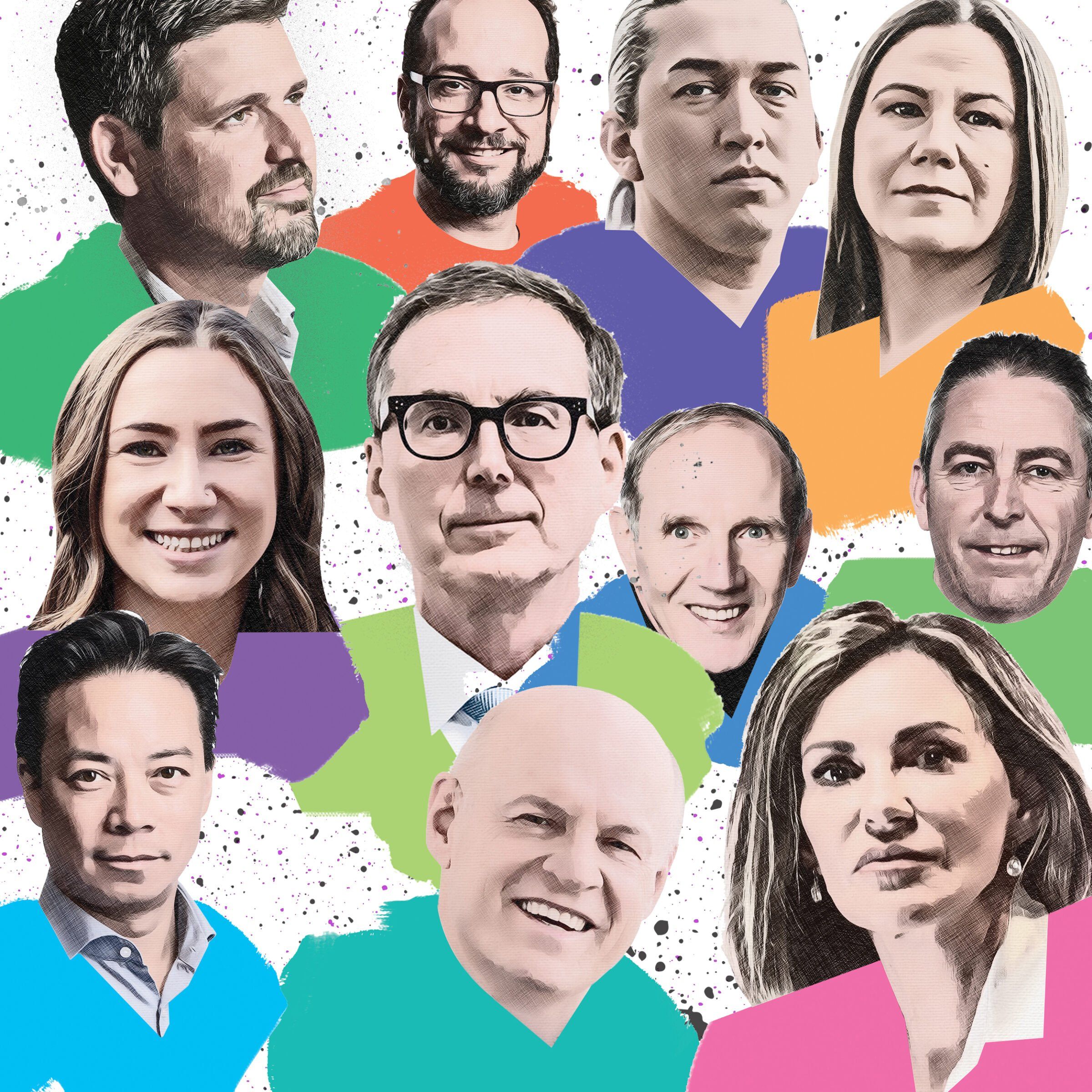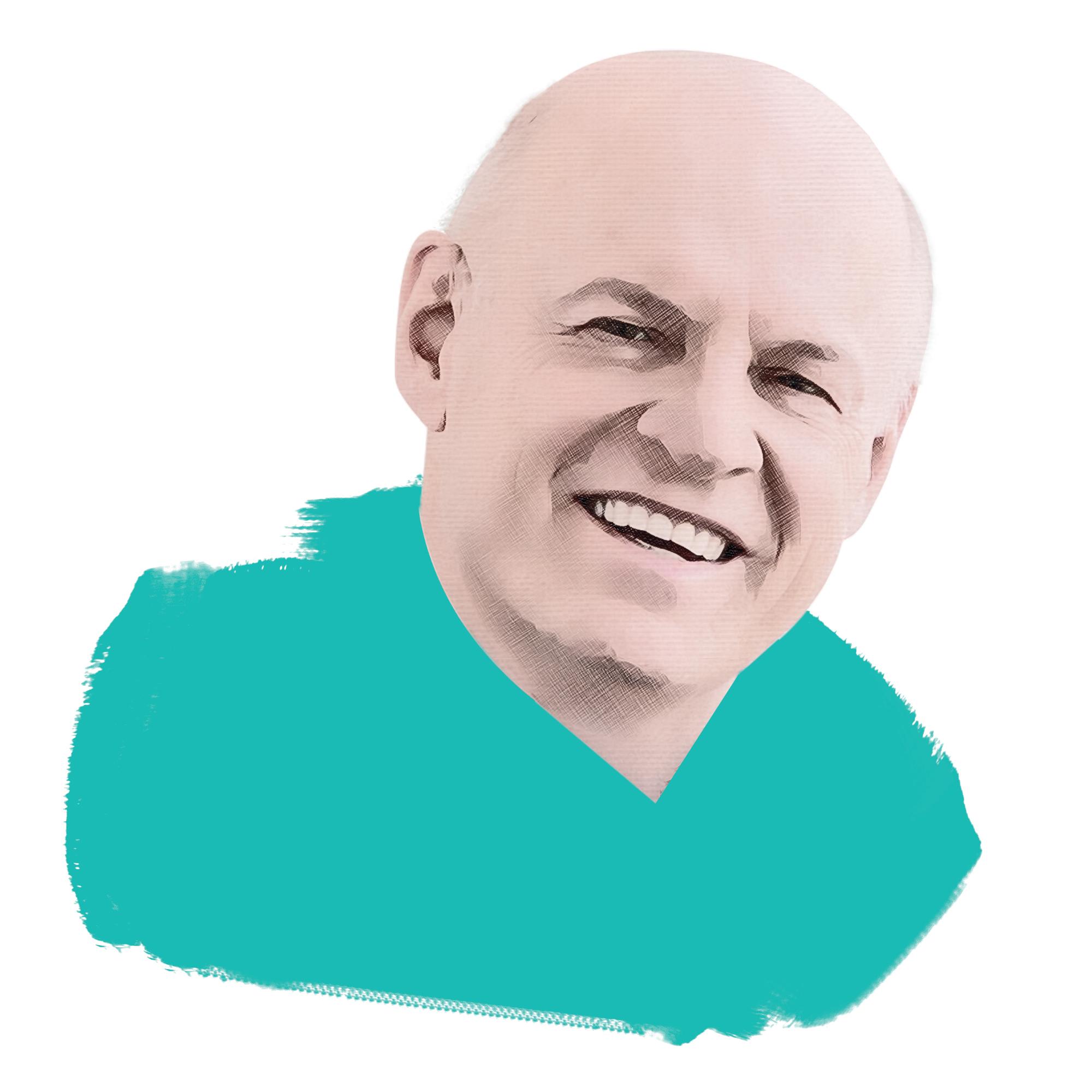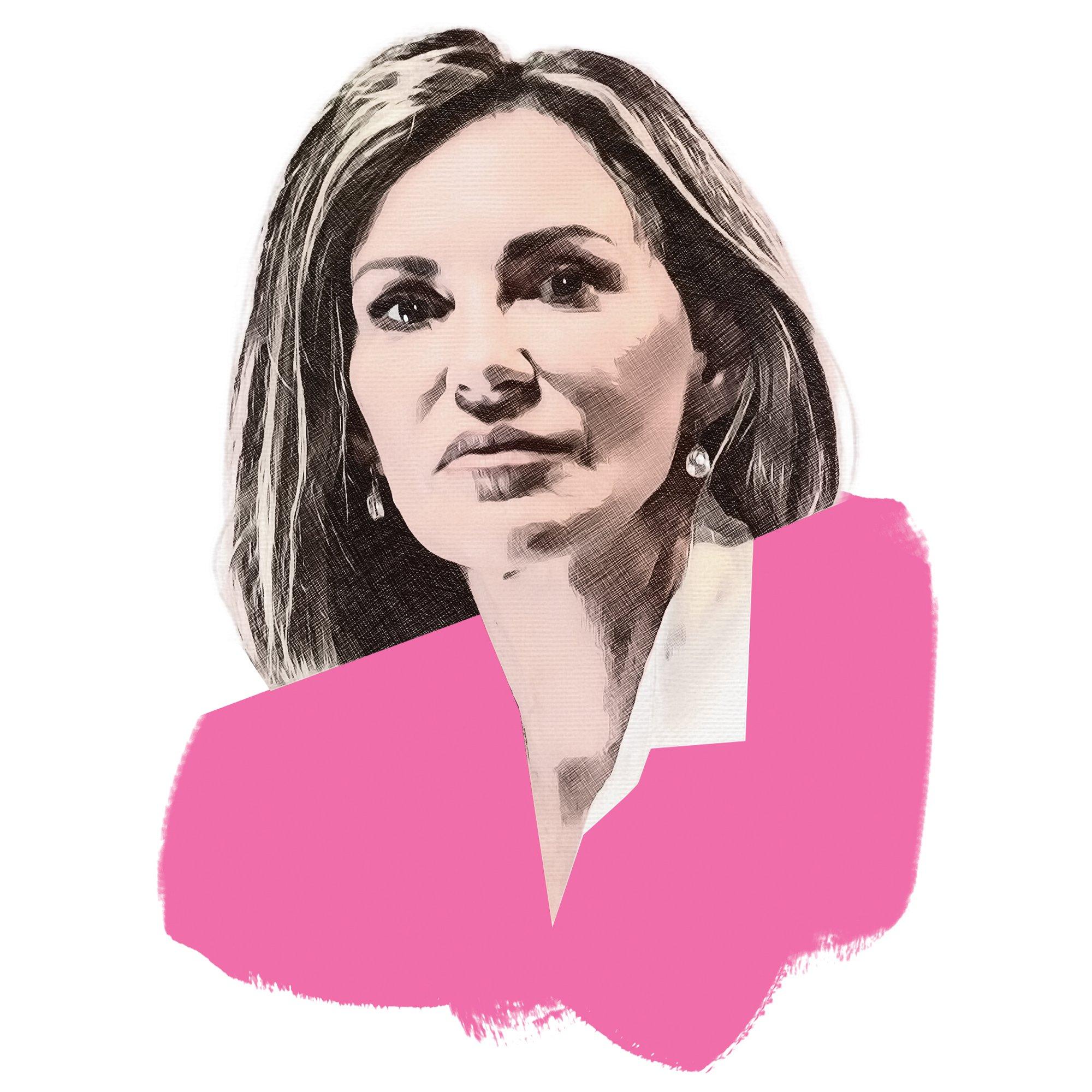
Share
April 1, 2024
1. Tiff Macklem | Governor, Bank of Canada
He’s damned if he raises interest rates and damned if he doesn’t. Our central banker is the reluctant main character in Canada’s housing drama.
In Canada, you can’t escape winter, taxes or, these days, red-hot housing-market inflation, whether you’re in a big city or a small town. The benchmark price for a single-family house in Greater Vancouver is now $2 million. Some bungalows in rural P.E.I. have doubled in price since the start of the pandemic. Renting in Toronto has become so competitive that tenants require a spotless resumé. Homelessness has skyrocketed everywhere.
2. Sean Fraser | Minister of housing, infrastructure and communities
For cajoling reluctant cities into building more homes
When Sean Fraser took over his new ministry last July, he immediately appointed himself national housing cop. As steward of the government’s $4-billion Housing Accelerator Fund—intended to help municipalities build homes faster—he’s upping the ante for communities that want federal cash, insisting on the kind of ambitious, housing-friendly reforms most have long resisted. That means selectively providing funding to municipalities that eliminate single-family-only zoning, allow more density near transit and universities, and generally make it easier to build. Some city officials have likened it to bribery. But if it is, it’s been successful, with communities nationwide—from St. John’s to Toronto to Victoria—rushing to change land-use rules. If they refuse? Better luck next time, as cities including Windsor, Ontario, and Vernon, B.C., have found out.

3. Khelsilem and Mindy Wight | Chairperson, Squamish nation, and CEO, Nch’ḵay̓
For building Canada’s future on Indigenous land
In 2022, the Squamish Nation broke ground on Sen̓áḵw, a $3-billion highrise development in Vancouver, built on Squamish reserve land, to house approximately 10,000 people. To build it, Khelsilem, chairperson of the Squamish Nation council, and Wight, CEO of the Nation’s economic development arm, landed a $1.4-billion federal loan, the largest ever between the feds and a First Nation. Last year brought another victory: the nation prevailed over a residents’ group that tried to block the project with a lawsuit. When it’s done in 2030, Sen̓áḵw will stand (very) tall as a demonstration of Indigenous sovereignty—and of the scale of development needed to confront Canada’s housing shortage.

4. Michael Walsh | CEO, Leon’s
He’s transforming big-box sprawl into homes
Furniture magnate Michael Walsh is throwing on his hard hat. In January, he announced his company will build 4,000 residential units on 40 acres of land it owns in Toronto. Filling its properties with townhouses and condos is part of Walsh’s master plan for the company, along with transforming part of Leon’s into a REIT and, possibly, building more housing on land it owns across Canada. Walsh’s announcement was praised by the Canada Mortgage and Housing Corporation’s chief economist, who challenged other landowners to do the same. It’s a sound business move, too. As e-commerce sinks big-box contemporaries, new growth areas will be key to Leon’s survival. And what better way to sell furniture than to build more homes?

5. Gaetan Royer | CEO, Massive Canada
For making prefab housing cool again
Gaetan Royer is putting the finishing touches on a $75-million, 91,000-square-foot plant in B.C. that will churn out prefab apartments, townhouses and laneway houses made of mass timber. The engineered wood is easy to find in B.C.’s arboreous landscape, and it’s lightweight enough for Royer’s team to assemble modular buildings like Lego blocks right on their worksite. Massive Canada has already constructed and shipped a six-storey residential project; it aims to build twice as high by this summer, providing as many as 100 new living units per project. The B.C. government has supported the plant with $10 million in funding, and it’s easy to see why: mass timber is a relatively fast and cheap way to build compared to concrete and steel, producing more housing, more efficiently.

6. Daniel Fournier | Executive chair, Oxford Properties
He’s turning Ontario’s biggest mall into a mini-city
Barely a year into his leadership role at the behemoth developer, Daniel Fournier is spearheading the transformation of Mississauga’s Square One Shopping Centre into Square One District: a retail and residential complex set to become the largest of its kind in Canadian history. The multi-billion-dollar redevelopment will turn a swath of underused suburban parking lots into 18,000 homes, spread across 50 hectares, connected to a nearby LRT station. Construction will take decades, but phase one is set to be completed this year, providing some relief for the GTA’s lagging housing supply. Fournier’s is the largest of several similar projects across the country—part of a collective rethink of how best to use our massive malls in an era of housing scarcity.

7. Courtney Cooper | Partner, Alate Canada
For being a pioneer in a too-traditional industry
As Canada’s housing costs remain high, so does demand for proptech: property technology companies that apply information tech to the real estate industry. Increasingly, its top talents, like Courtney Cooper, are emerging into the spotlight. In 2019, Cooper co-founded the Proptech Collective, an association that connects proptech startups in Canada. More recently, she joined Alate Partners, a venture-capital fund that has backed companies including PadSplit, a housing marketplace that helps low-income people find rooms to rent, and Promise Robotics, which aims to automate aspects of construction to improve affordability. Cooper was promoted from principal to partner at Alate last November, becoming one of the few women in Canada to lead a venture fund.

8. Lucie Andlauer | CEO, Subterra
For making Canada’s building greener
Geothermal energy is the ultimate renewable energy source: heat energy generated by the constant decay of radioactive particles in the Earth’s core. Lucie Andlauer discovered its power decades ago when she installed a geothermal heating system on her own property. In 2017, she founded Subterra Renewables and began installing geothermal energy systems in residential buildings in Ontario, drilling ground-source heat pumps that pull natural energy out of the bedrock. In February, Subterra struck a deal with energy-services company Enercare that will put geothermal systems in multi-residential developments across the country, as opposed to the usual fossil-fuel systems. Already, Subterra’s work can be found underneath high-rise Toronto condos and even a college campus in Ohio.

9. Malik Yacoubi | CEO, Nesto
He’s making mortgages simpler
In 2018, Montrealer Malik Yacoubi created Nesto, a direct-to-consumer digital lender that aimed to make traditional mortgage brokers redundant. Six years later, he has instead teamed up with brokers to make Nesto one of the hottest mortgage services in the country. Yacoubi’s platform offers its own mortgage rates to users who qualify, but it also acts as a search engine that connects users with a variety of lenders and brokers to help them find the most competitive deal available. Even the smallest savings are crucial at a time of soaring home prices and sky-high interest rates. Success has begotten success. This year, Yacoubi’s company partnered with Canada Life, managing its entire residential mortgage portfolio and increasing the mortgages under Nesto’s management to $10 billion.

10. Ken Sim | Mayor, Vancouver
He’s making it easier to build in Canada’s costliest city
Canada’s fast-growing homeless population is forcing cities nationwide to grapple with new encampments of unhoused people—and not all municipal leaders have made peace with the idea. Ken Sim, whose city’s homeless population has grown by a third since 2020, oversaw the dismantling of dozens of tents last year and said he’d “absolutely” do it again, citing safety concerns like fire and injuries. His administration has been criticized for heavy-handed tactics, but he hopes to instead tackle homelessness with a seven-item plan aimed at removing Vancouver’s title as Canada’s most expensive city. It will allow townhouses, multiplexes and low-rises in more areas, increase the maximum width of residential towers, continue to crack down on Airbnbs and permit medium-density housing on city-owned land. Better late than never.
This story appears in the May issue of Maclean’s. You can buy the issue here or subscribe to the magazine here.